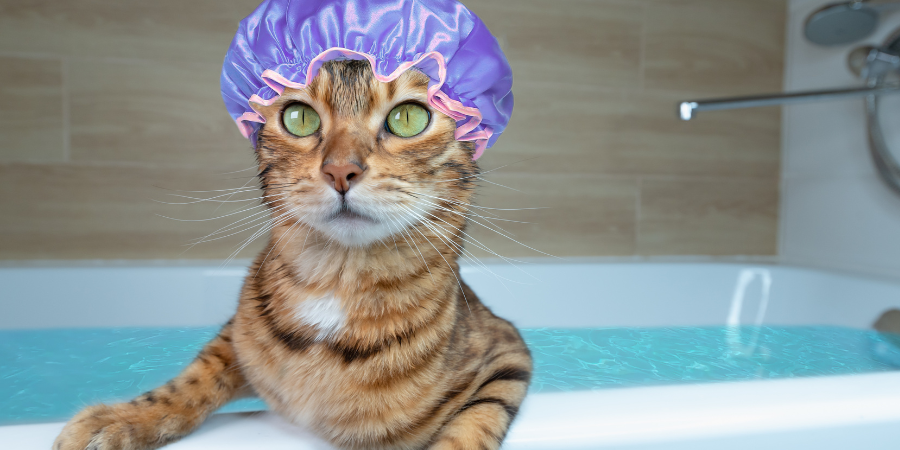The cutest skincare guide for cats and dogs: A complete guide to cat skin care and skin care
By focusing on the six daily care areas of "proper washing, regular combing, environmental management, moderate sun exposure, balanced diet, and stress relief", you can help cats maintain their skin barrier function and hair luster, and reduce the risk of skin diseases.
1. Cat skin basics and high incidence
A cat's skin is composed of the epidermis, dermis, and subcutaneous tissue. It not only protects internal organs and regulates body temperature, but also serves as a vital immune and sensory organ. Studies indicate that approximately 6–15% of cats experience at least one skin disease, highlighting the critical importance of cat skincare and skin health .
2. Common Skin Problems and Their Causes
- Atopic dermatitis : fleas, dust or food allergens cause redness, swelling and itching.
- Fungal infection (ringworm) : Round baldness and dandruff are more common in cats with low immunity.
- Bacterial infection (pyoderm) : Purulent crusting that can spread if not treated.
- Parasitic infestations : Fleas and ear scabies cause severe itching.
- Endocrine disorders : Abnormal adrenal function leads to symmetrical hair loss.
- Psychogenic dermatoses : Environmental stress can cause excessive grooming and bald spots.
- Systemic autoimmunity : such as lupus erythematosus, which can affect the skin.
3. Six daily care principles
| Nursing Focus | Implementation Method | benefit |
|---|---|---|
| Use special shampoo | Choose a pH-balanced shampoo that contains moisturizing ingredients[1] | Remove dust and pathogens, maintain oil balance |
| Regular grooming inspection | Comb and inspect the skin 1–2 times daily | Remove dead hair and detect abnormalities early |
| Environmental cleaning and disinfection | Clean bedding, toys, and litter boxes regularly | Reduce the chance of mold and parasites breeding |
| Moderate sun exposure | 15–30 minutes of sunbathing by a window or balcony every day | Natural sterilization, helps vitamin D synthesis |
| balanced and nutritious diet | Supplementation with omega-3 fatty acids and probiotics | Strengthen skin barrier and immune balance |
| Psychological stress relief support | Provide toys, interactive games and quiet corners | Reduces stress-induced excessive grooming |
4. Key points for purchasing skin care products
Choose a shampoo formulated with vitamin E and amino acids to moisturize, and avoid soap or fragrance. Consider supplements containing omega-3 fatty acids and L-lysine, along with monthly external insect repellent drops to keep fleas and mites away.
5. Timely medical treatment and long-term follow-up
If you experience rapidly spreading bald patches, persistent and intense itching, or symmetrical hair loss with no apparent cause, you should seek medical attention immediately. A professional veterinarian will combine topical medicated baths, oral antibiotics, and home care to reduce the chance of recurrence.
Conclusion
Adhere to the above-mentioned guide to cat skin care , from daily care to professional treatment, to keep your furry pets away from skin problems and have soft, delicate and healthy skin.

